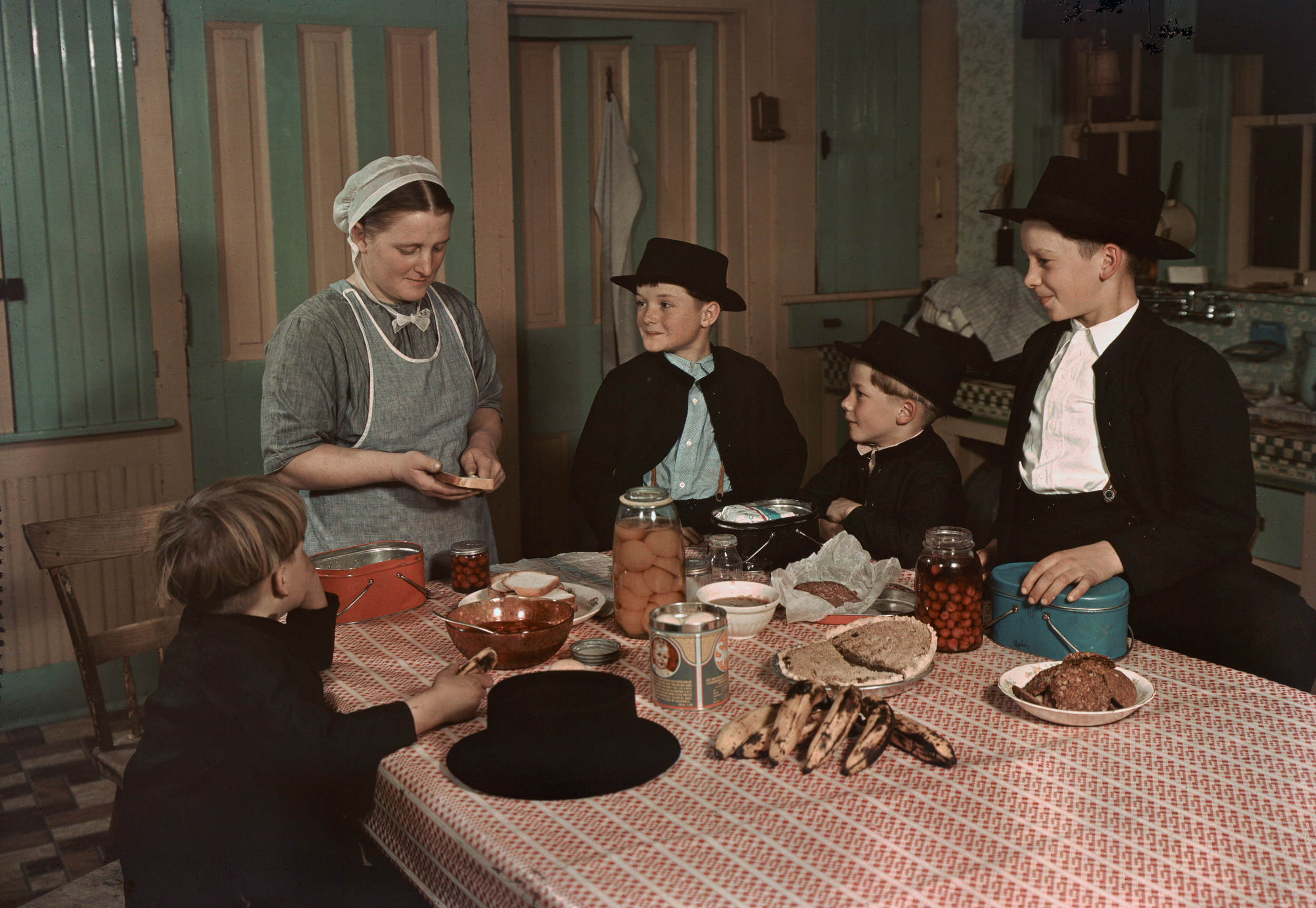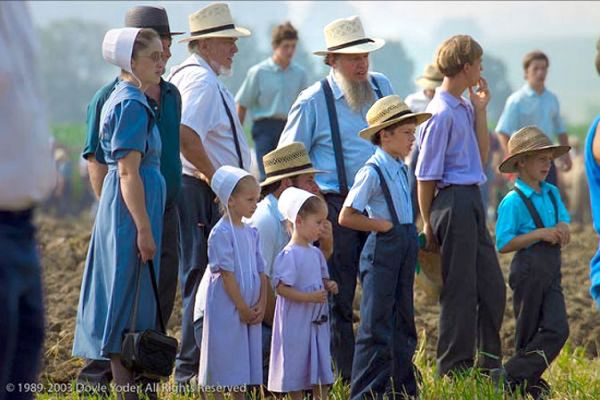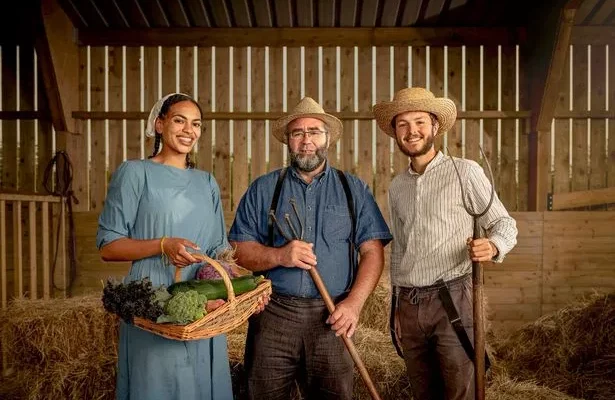Scriptopolis, August 5 — The Amish community, known for its distinctive way of life and strong adherence to traditional values, has captivated historians, sociologists, and curious observers for centuries. This article delves into the rich history of the Amish, exploring their origins, evolution, and the challenges they face in the modern world.
Origins and Early Settlement:

The Amish are a group of traditionalist Christians who trace their roots back to the Anabaptist movement of the 16th century Reformation in Europe. This movement was characterized by its rejection of infant baptism, emphasizing instead adult baptism upon confession of faith. The term “Amish” originates from Jakob Ammann, a Swiss Anabaptist leader whose followers became known as Amish after the split from other Anabaptists in the late 17th century.
Fleeing persecution and seeking religious freedom, many Amish emigrated to the American colonies in the early 18th century. Their migration was driven by a desire to escape religious intolerance and to establish communities where they could practice their faith freely. The first significant settlement of Amish in North America was in Pennsylvania, a colony known for its religious tolerance and fertile land.
Settlement in America:
The early Amish settlers faced numerous challenges as they adapted to their new environment. They established agricultural communities in Pennsylvania, Ohio, Indiana, and Illinois. The Amish were known for their strong work ethic, self-sufficiency, and commitment to a simple, rural lifestyle. Their ability to thrive in agricultural pursuits allowed them to build resilient communities that remained largely insulated from the rapid changes occurring in the broader American society.
Core Beliefs and Practices:
At the heart of Amish life are core values that emphasize humility, simplicity, and community. The Amish adhere to a strict code of conduct that includes simple dress, the use of horse-drawn buggies instead of automobiles, and the avoidance of modern technology. These practices are meant to foster a sense of community and separation from the secular world, which they believe can be corrupting.
The Amish are also known for their Ordnung, an unwritten set of rules governing everyday life. This code regulates everything from dress and behavior to technology use and community interactions. The Ordnung varies slightly among different Amish affiliations, but all emphasize the importance of living a life dedicated to faith and communal harmony.
Community Life and Education:

Education is highly valued in Amish communities, though their approach differs significantly from mainstream practices. Amish children typically attend one-room schoolhouses until the eighth grade. Education focuses on practical skills and religious teachings rather than preparing students for higher education or professional careers. This educational model supports their emphasis on community and practical living.
Community life is deeply interwoven with religious practices. The Amish gather regularly for worship services held in private homes rather than churches. These services are often held in German, the language of their forebears, and are characterized by traditional hymns and sermons. Social gatherings, such as barn raisings and weddings, play a significant role in fostering community bonds and mutual support.
Challenges and Adaptations:
Despite their commitment to tradition, the Amish have faced numerous challenges as the world around them has rapidly modernized. Issues such as land development, legal disputes, and changing social norms have required them to adapt while striving to maintain their core values. For instance, some Amish communities have made adjustments to their technology policies, such as using modern equipment for farming while limiting its use in other aspects of life.
The legal and social challenges include debates over land use and zoning laws, educational requirements, and health care practices. The Amish have often engaged in legal battles to preserve their way of life and have occasionally faced tensions with broader societal norms. Despite these challenges, they have shown remarkable resilience and adaptability, finding ways to navigate modern issues while holding fast to their traditions.
Preservation of Culture:
The preservation of Amish culture is a priority for many within the community. Cultural events, such as traditional craft fairs, storytelling, and community festivals, help to maintain their heritage and pass down traditions to younger generations. The Amish also engage with the broader public through these events, offering a glimpse into their way of life and fostering mutual understanding.
Amish in the Modern Era:

In recent years, the Amish community has become a subject of increasing interest and fascination for outsiders. Documentaries, books, and media portrayals have sought to shed light on their unique way of life, often highlighting the contrasts between Amish traditions and modern society. While these portrayals can sometimes simplify or sensationalize their culture, they also contribute to a broader awareness of the Amish and their contributions to the cultural mosaic of America.
Looking Forward:
As the world continues to change, the Amish face the ongoing challenge of balancing tradition with the demands of modern life. Their commitment to maintaining a distinct way of life while engaging with contemporary issues will shape the future of their communities. The Amish remain a testament to the strength of cultural and religious identity, demonstrating how deeply held values can sustain a community through centuries of change.
End of Article

Additional Stories:
- Amish Craftsmanship and Agriculture: A look at the traditional skills and practices that define Amish life.
- Legal Challenges and Amish Communities: An overview of the legal issues affecting Amish communities and their responses.
The Scriptopolis Chronicle — Your source for in-depth coverage of history, culture, and current affairs.



